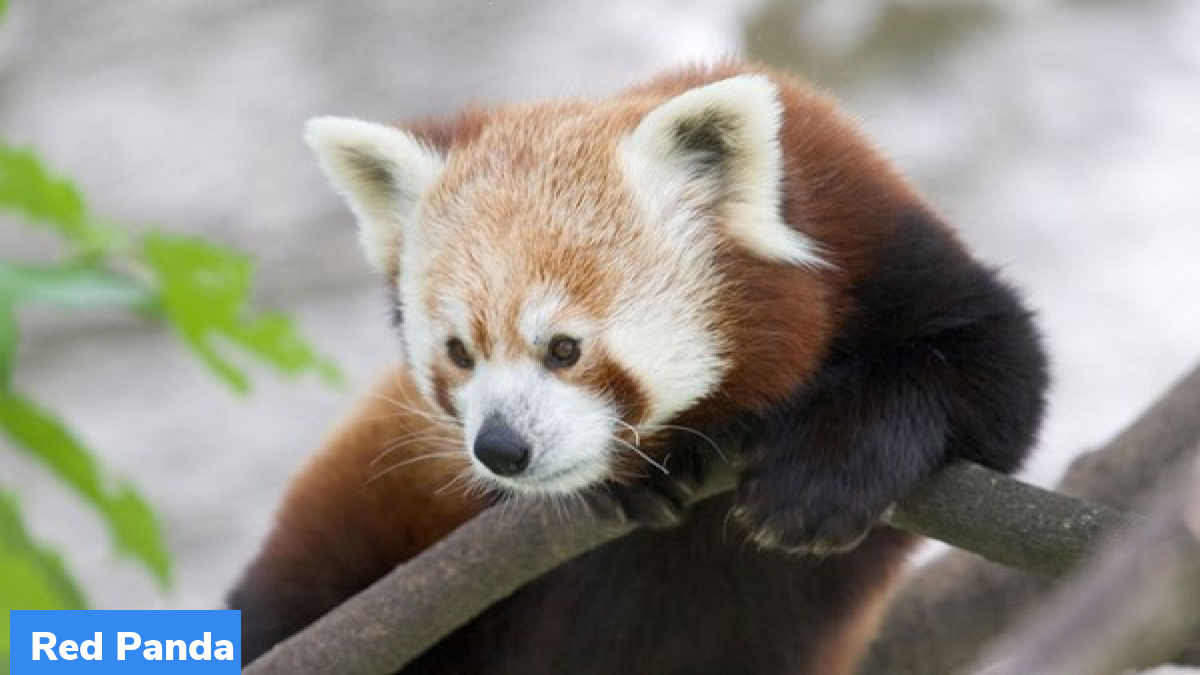Singalila National Park- Introduction of Red Pandas
Padmaja Naidu Himalayan Zoological Park recently launched a programme to introduce 20 Red Pandas in around five years to the Singalila National Park.
About Singalila National Park
- Singalila National Park is a highly protected area, located at the Singalila Ridge in Darjeeling district of West Bengal.
- It is the highest altitude in the state.
- This park was a wildlife sanctuary initially. It was converted into a National Park in 1992.
- In 1994, it was declared a major wild habitat for red pandas.
Concerns with the Pangolins & red pandas
Pangolins and red pandas are among the most trafficked animals worldwide. Both the animals are distinctive mammals and are endemic to the eastern Himalayas. They are threatened due to several geographic and socioeconomic factors, resulting into illegal wildlife trafficking. Its illegal trade is rising at an alarming rate.
Number of species in Singalila National Park
Number of red pandas and pangolins are not available officially. However, as per reports, the number of wild red pandas stands between 40-45, in Singalila National Park and Neora Valley National Park in Kalimpong.
About Red Panda
Two species of Panda are found worldwide, namely, Giant Pandas and Red Pandas. Red panda is the state animal of Sikkim. They are shy, solitary and arboreal animals. They are also regarded as an indicator species for ecological change. In India, two subspecies of Panda are found viz, Himalayan red panda and Chinese red panda. Red panda is endemic to the forests of India, Bhutan, Nepal, north Myanmar and south China.
IUCN Status
Red Pandas are categorized in “Endangered” category of IUCN Red list and Appendix I of CITES. They are protected under Schedule I of Wildlife Protection Act 1972. On the other hand, Giant Pandas are Vulnerable in IUCN Red List and Appendix I species in CITES.
Number of red pandas
As per estimate, there are 5,000-6,000 species of red pandas in India. As per IUCN assessment in 2015, global populations have reduced by 50% in last 18 years.
Conservation breeding programme
The conservation breeding programme was started in Singalila National Park to protect red pandas in 1994. By 2003, 22 red pandas were introduced. 2 more female red pandas were introduced in 2004. In 2019, 4 pandas were released. Despite this initiative, no of red panda in Singalila National Park is not increasing.
What are the reasons for declining population?
- Cross Border Poaching activity has increased over time, because demand of trafficked animals has increased due to illicit pet trade and private resorts. Skin of red panda is used to make hats in China.
- Apart from that, roads and other infrastructure has been financed inside the park by West Bengal government, in a bid to generate revenue from tourism. Huge influx of visitors and vehicles are pushing animals away.
Month: Current Affairs - July, 2022
Category: Environment Current Affairs


